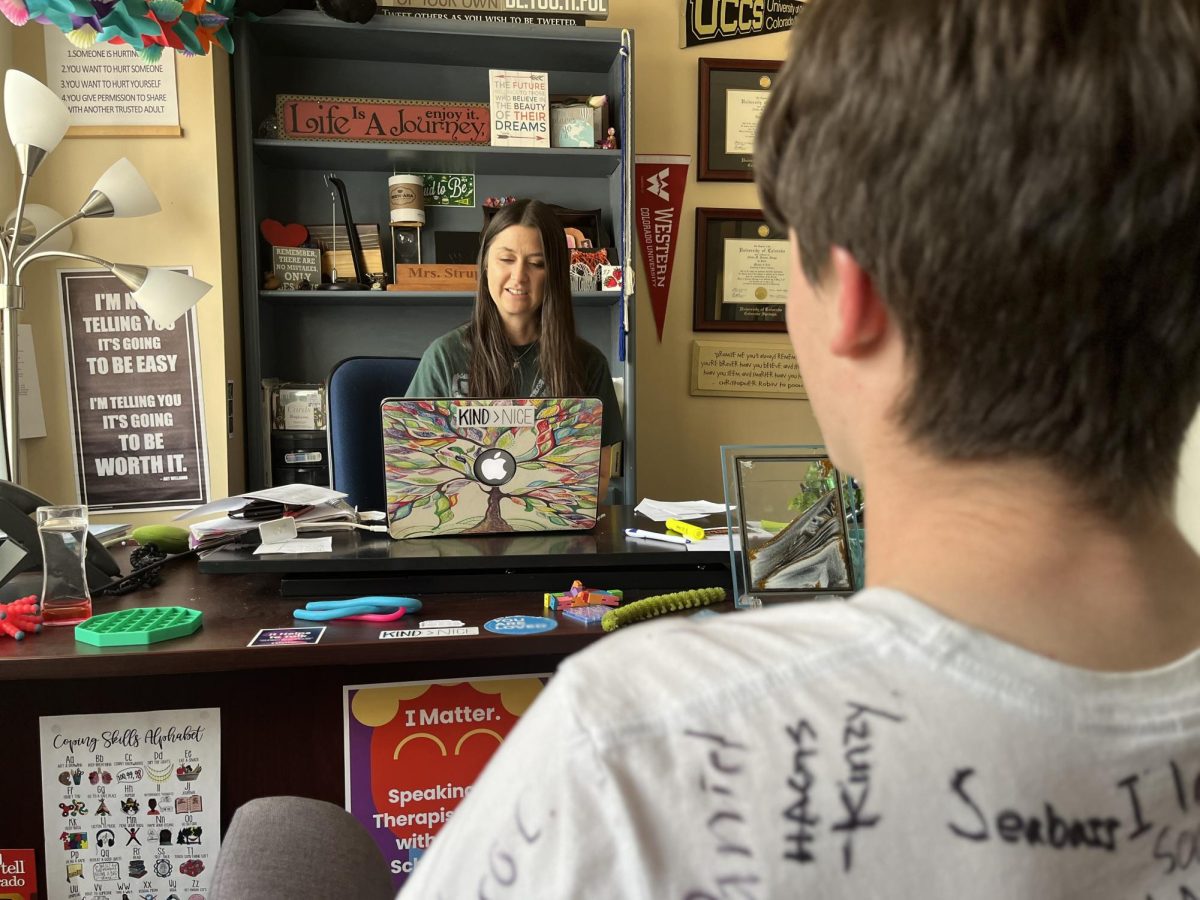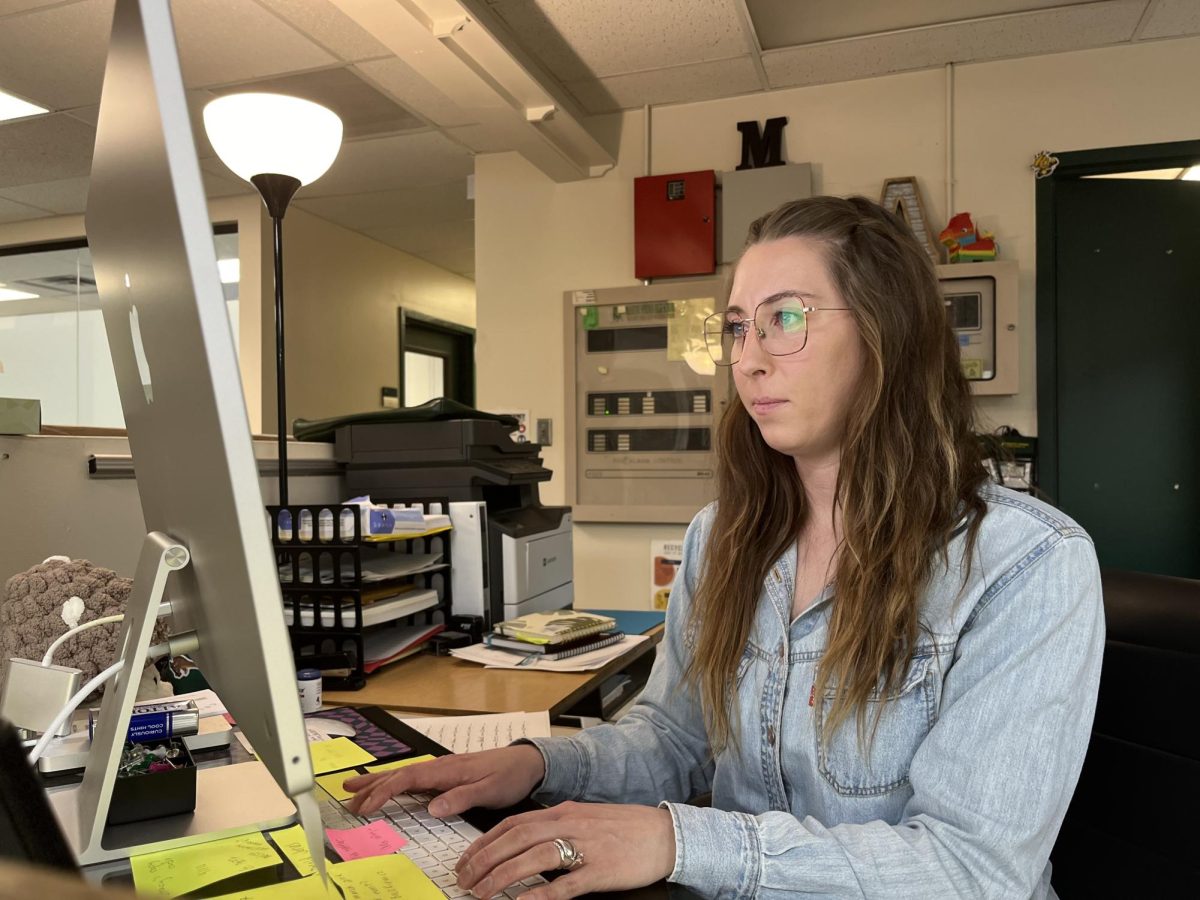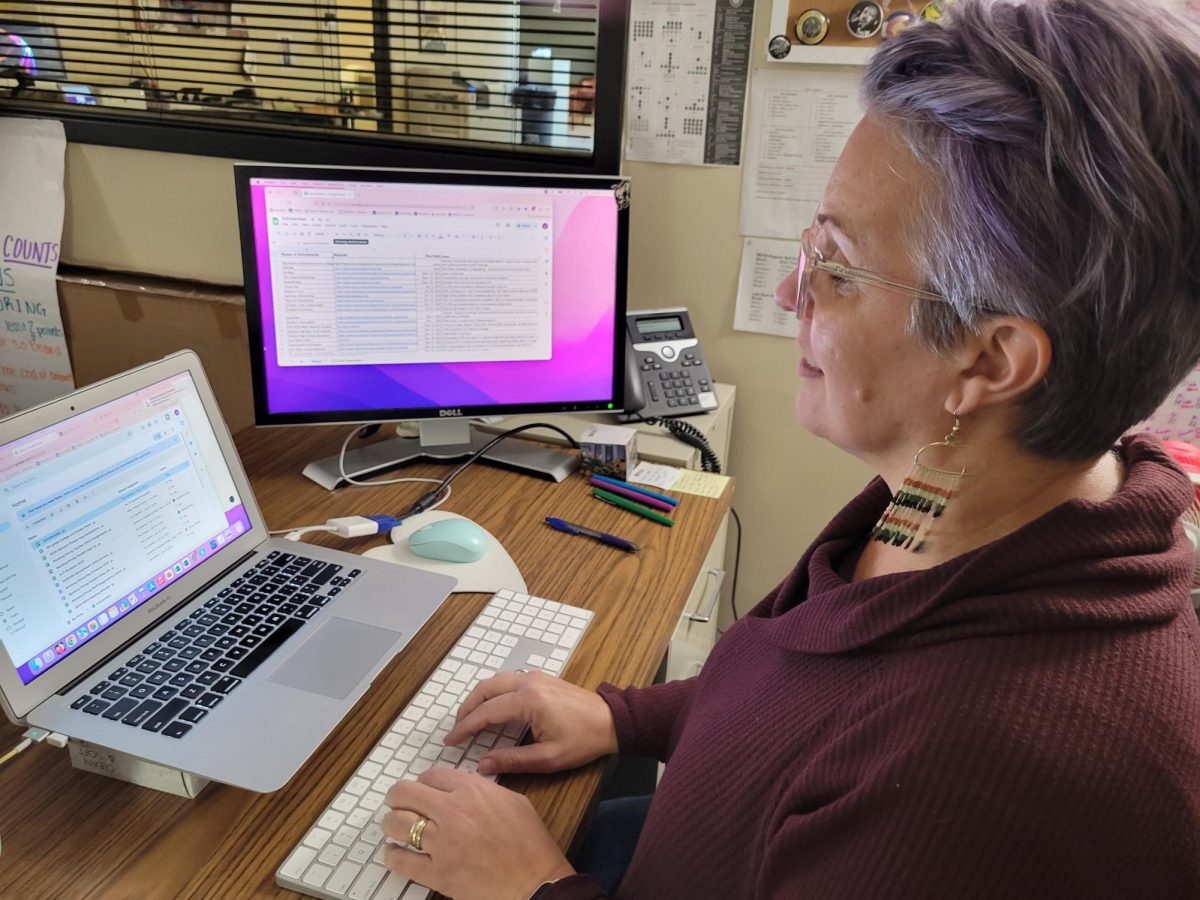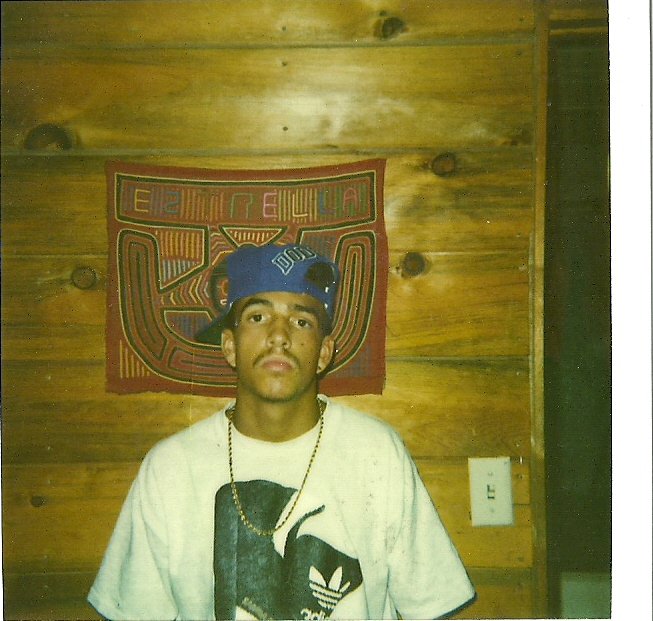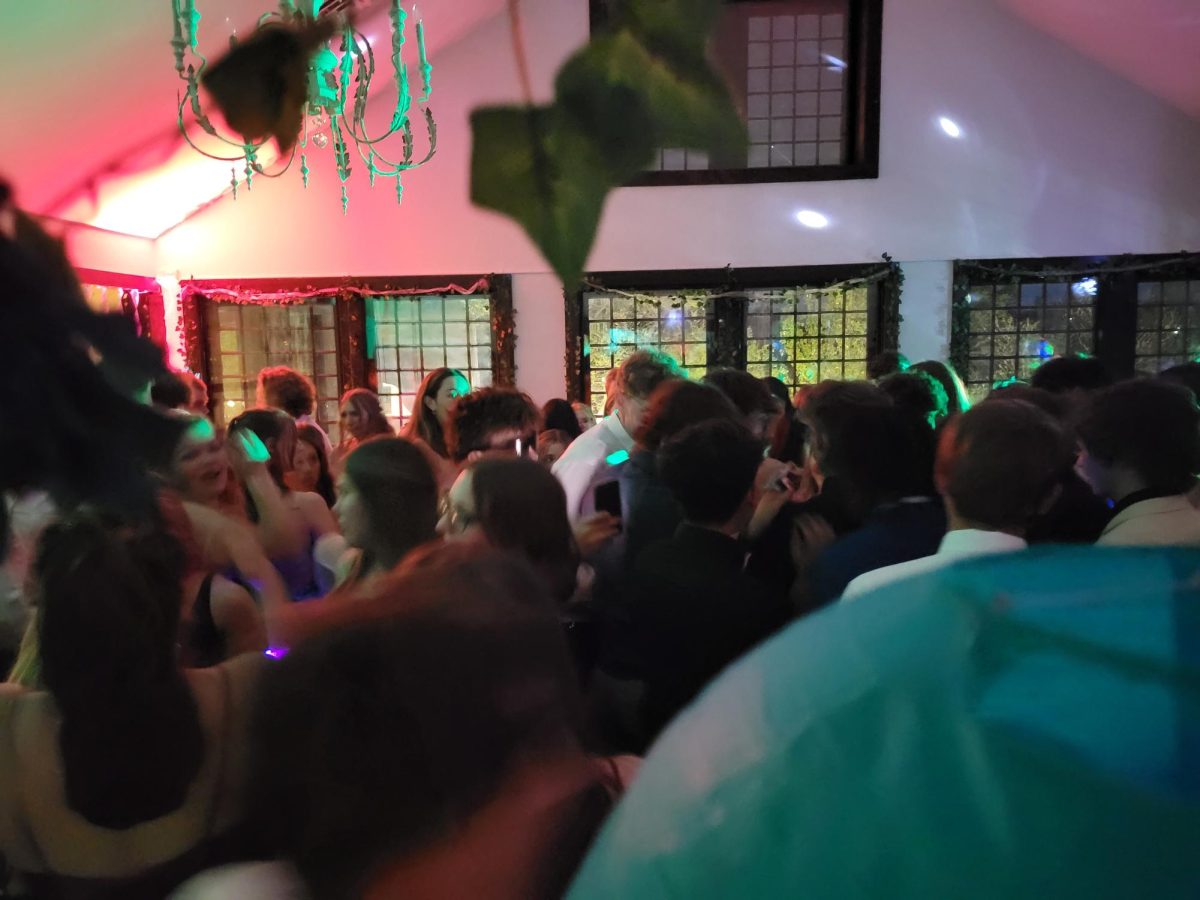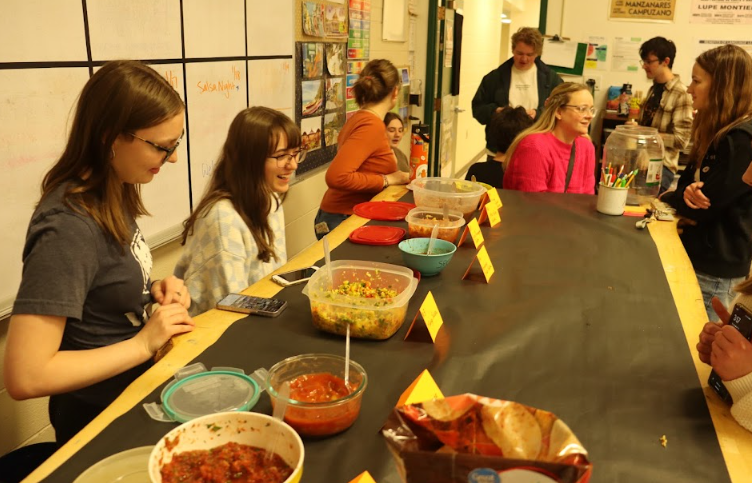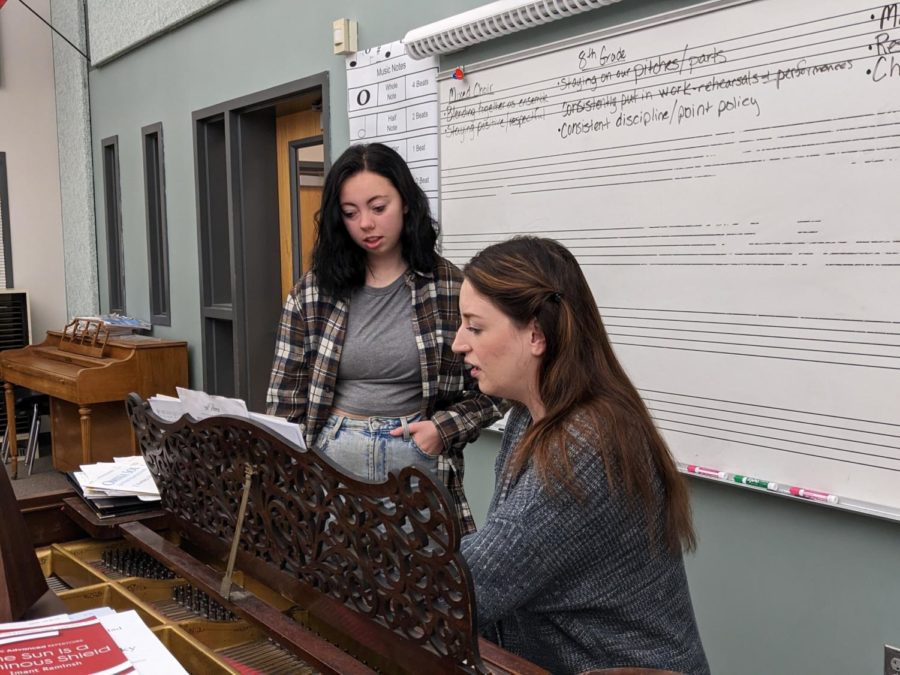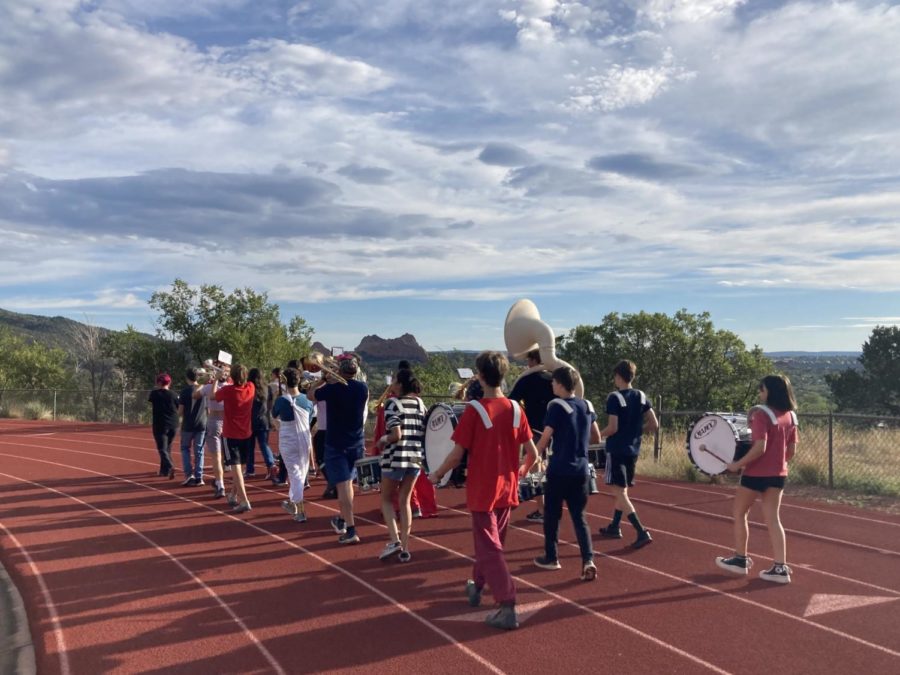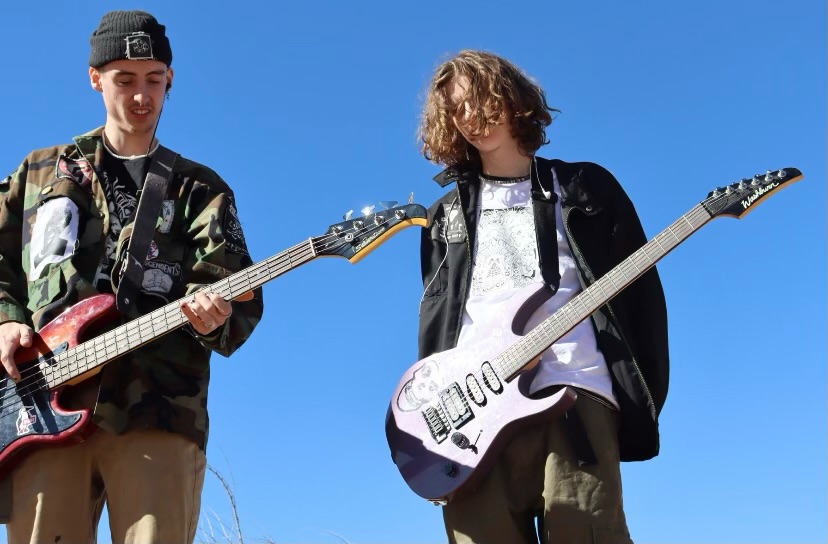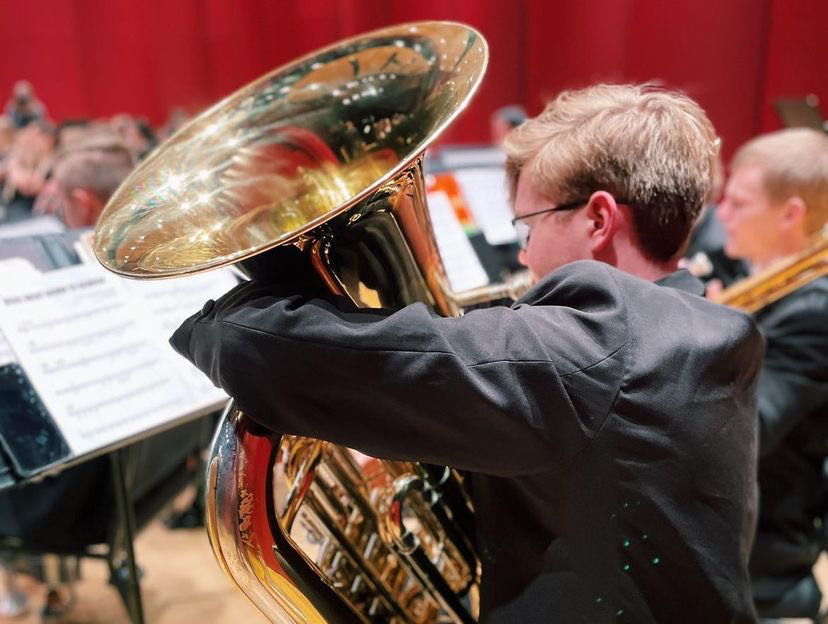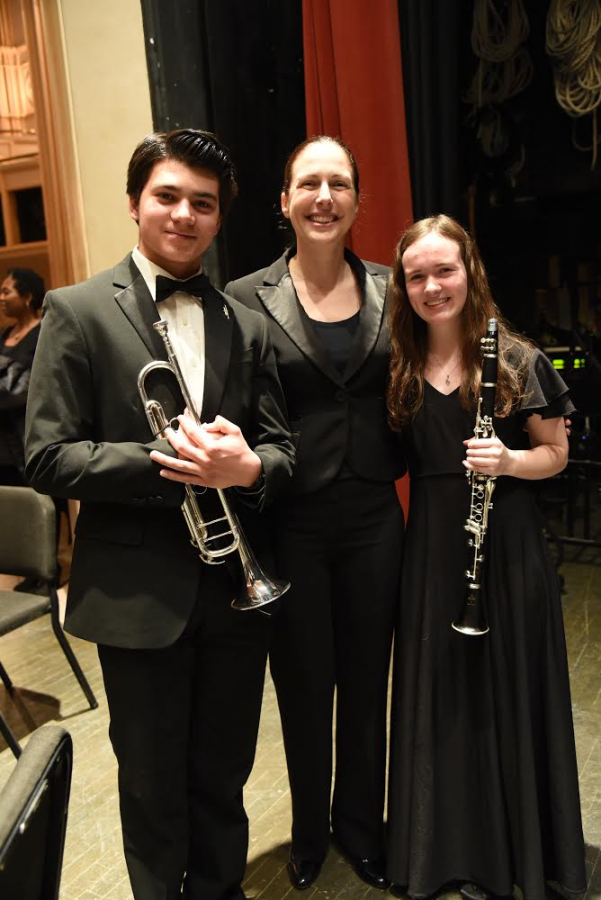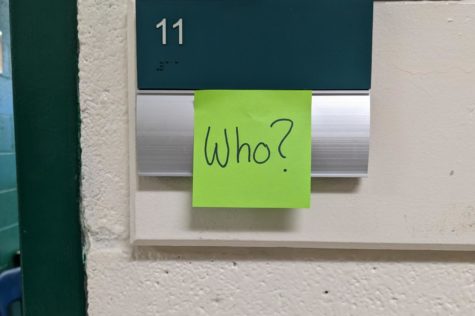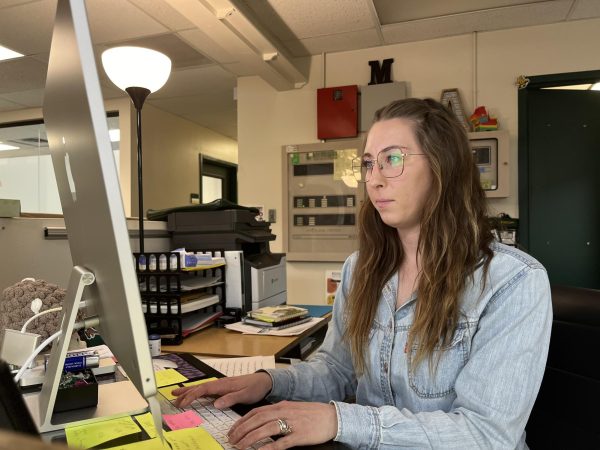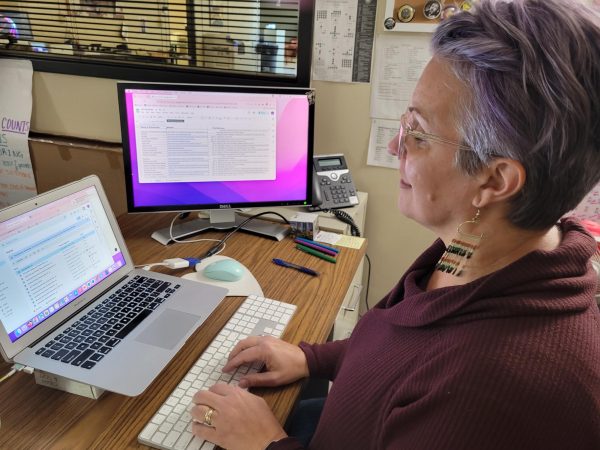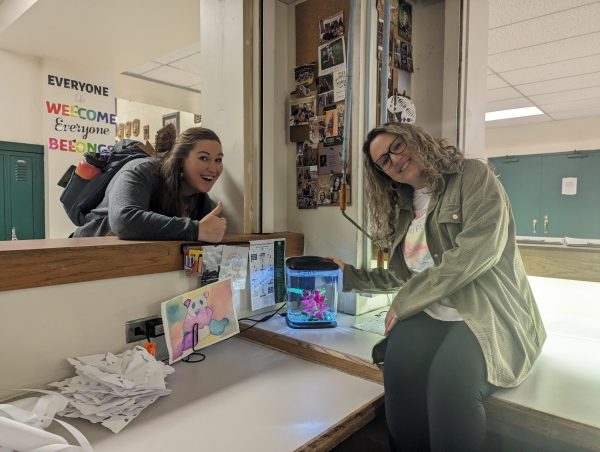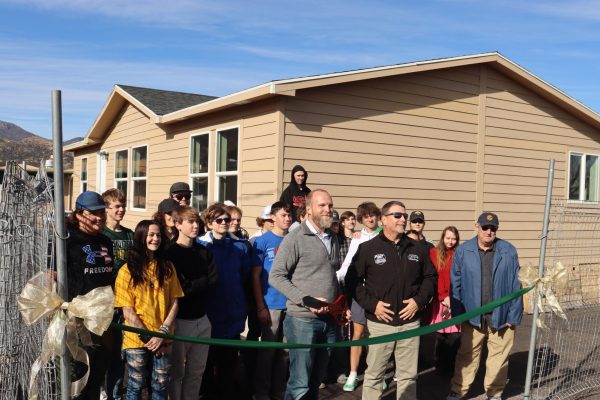Sources of Strength: What Are Our True Strengths?

The Sources of Strength mission statement is “to provide the highest quality evidence-based prevention for suicide, violence, bullying and substance abuse by training, supporting, and empowering both peer leaders and caring adults to impact their world through the power of connection, hope, help and strength.”
January 28, 2019
Kicking off the 2017 school year, a new club found its way into the building: Sources of Strength. Though the program had been introduced to other districts, Manitou Springs High School hopped on board delayed. While its mission promises to aid in suicide prevention and anti-bullying campaigns, one question is posed: is Sources of Strength a success?
Much like anything else, S.O.S. comes with a handful of its own pros and cons. When it comes to support, former and current members alike feel that the club is more than helpful in that aspect. However, when it comes to understanding the true struggles of mental ailment and trauma, the club is a little more rough around the edges. As an active advocate of suicide prevention, Hazel Mannery (12) does not feel that they are doing a great job prevention-wise. “They are mostly focused on connectedness rather than other contributing factors,” Mannery said.
From district to district, Sources of Strength has found itself varying in meeting frequency and prosperity in its outcome. Turning to Manitou, students are filled with mixed emotions and reactions to the club’s presence. While some have labeled it a ‘joke’, others feel that they are only just blossoming. “Sources of Strength is absolutely a work in progress. It will take time to correct errors and address newer issues,” Matt Buchenhain (11) said as a past member of the group.
Reaching to other schools, the program has made varying levels of impact. Cailey Brown (12) from Rampart describes the existence of it within the district. Meetings are seemingly inconsistent, being held around twice a month. Describing a pro, Brown states that “you know that teachers and staff are actively trying to support you.” On the other hand, within her school, she feels that cons consist of those in S.O.S. being “pretty mean and kinda bad people.” Overall, she feels that the program “doesn’t understand what mental illness really is. They treat it almost like something that can be cured, not something I have to live with for the rest of my life,” Brown said.
So, is Sources of Strength a success? Perhaps not now but, like any new club, it’s work in progress. When it comes to further development Mannery believes that “they need to understand that the students who are struggling aren’t those who are being reached by their program.” Alongside that, Buchenhain expresses that “the biggest struggle is actually talking to teens who experience these pains, traumas and other events.” He advises that “talking to the rest of the student body could make a huge impact on the aspect of the group.” With time and patience, the program could come to be a major factor of success and achievement within our student body.

